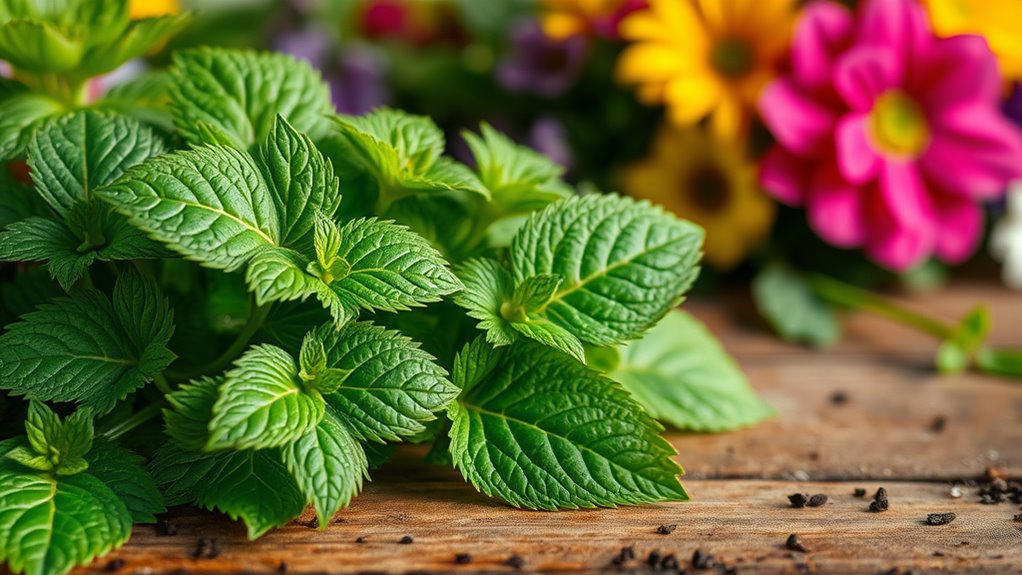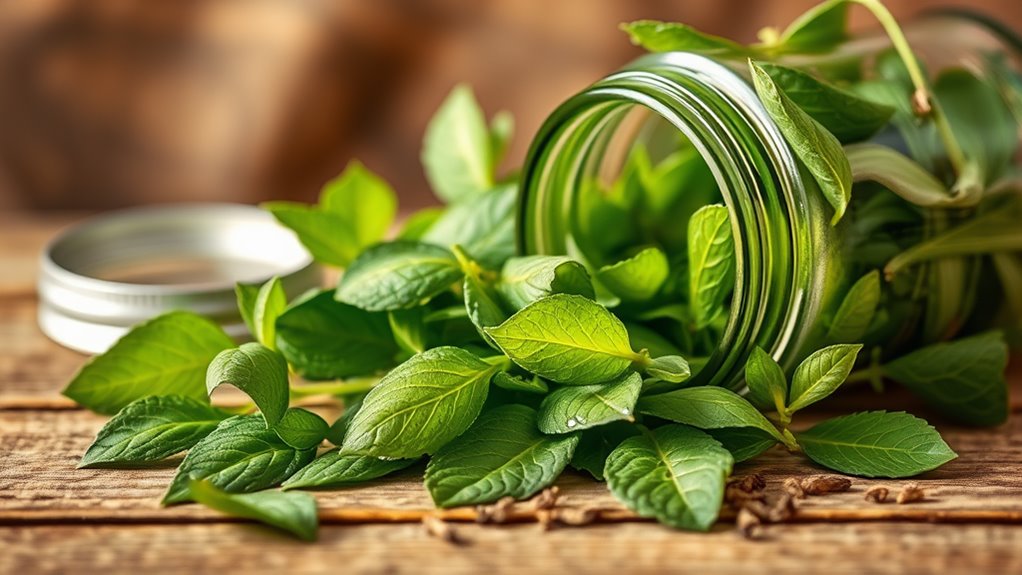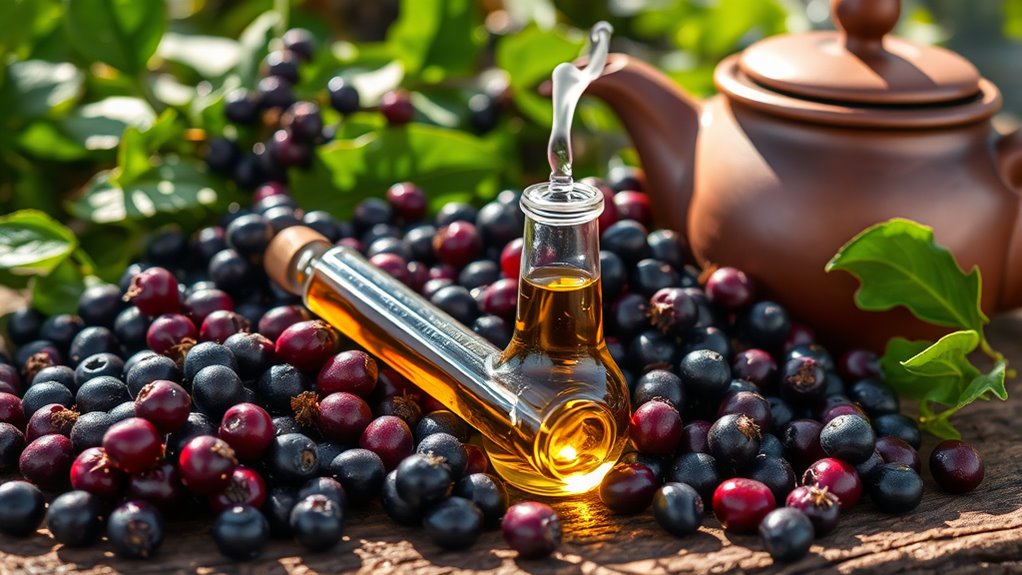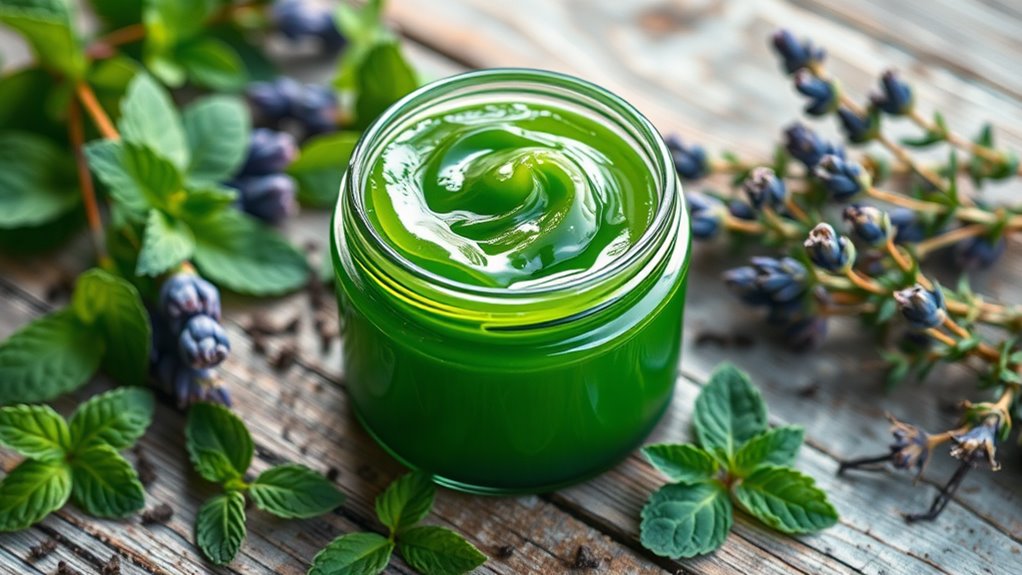Herbalists Swear by This Plant for Instant Healing!
You might have heard about a plant that herbalists swear by for its impressive healing properties. This versatile remedy has been used for generations, with many claiming it can soothe stress and relieve joint pain. As you explore its traditional applications and scientific backing, you’ll discover safe ways to incorporate it into your routine. But what if there’s more to its benefits than meets the eye? Let’s uncover the full story together.
Healing Properties of the Featured Plant
When you explore the healing properties of the featured herbal plant, you’ll discover a wealth of benefits that can enhance your well-being. This plant’s incredible versatility makes it the best home herbal remedy for health.
You can use its leaves, flowers, or roots to create soothing teas, tinctures, or poultices, each offering unique healing benefits that fit seamlessly into your daily routine.
Imagine sipping on a calming tea that helps relieve stress or applying a topical remedy that eases aching joints. This plant isn’t just effective; it fosters a sense of connection to nature and community. Additionally, many herbal teas are known for their therapeutic benefits, which can further support your health journey.
By incorporating it into your health journey, you’re joining countless others who’ve turned to herbal remedies for support and healing. Embrace these natural gifts and experience the empowerment that comes from nurturing your health with herbal wisdom.
You’re not just healing; you’re being part of a shared experience of wellness.
Traditional Uses in Herbal Medicine
Throughout history, herbalists have turned to this plant for its remarkable healing abilities, recognizing its significance in traditional medicine. You might find it comforting to know that many cultures have embraced this herbal remedy, utilizing it for everything from digestive issues to skin ailments.
In ancient texts, herbalists often recommended this plant for its soothing qualities, bridging the wisdom of the past with your needs today. You’re not alone if you’ve sought out natural solutions; countless others have turned to this plant for relief.
Whether brewed into a tea or applied as a poultice, its applications are as varied as the communities that cherish it. Many of your friends and family may even swear by its benefits, creating a shared experience that binds you to a larger community of herbal enthusiasts. Recent studies have confirmed that this plant possesses proven health benefits, further validating its use in modern herbal practices.
Scientific Evidence Supporting Its Benefits
Research into the healing properties of this herbal plant reveals a growing body of scientific evidence that supports its traditional uses. Studies have shown that its active compounds can help reduce inflammation and boost immune function, making it a worthwhile addition to your wellness routine.
In clinical trials, participants reported a decrease in symptoms related to various conditions, enhancing their overall quality of life. Experts suggest that these benefits may arise from the plant’s rich antioxidant content, which combats oxidative stress while promoting faster healing.
Moreover, researchers are excited about its potential in pain management, as it appears to interact with the body’s pain receptors. This means that incorporating this herbal plant into your health practices may lead to noticeable improvements in how you feel. Additionally, the use of medicinal herbs has been recognized for their ability to support holistic health approaches, further validating the role of this plant in natural healing.
Safe Application Methods for Home Remedies
While exploring safe application methods for home remedies, you’ll find that knowing how to properly use this herbal plant is essential for maximizing its benefits.
Start by ensuring you select fresh or dried leaves, depending on what you need. If you’re making a tea, steep the leaves for about 5-10 minutes to extract the medicinal properties. Additionally, consider incorporating herbal teas into your routine for improved digestion.
For topical use, you can create a poultice by crushing the leaves and mixing them with a small amount of water until it forms a paste. Always do a patch test first to check for any allergic reactions; simply apply a small amount to your skin and wait 24 hours.





